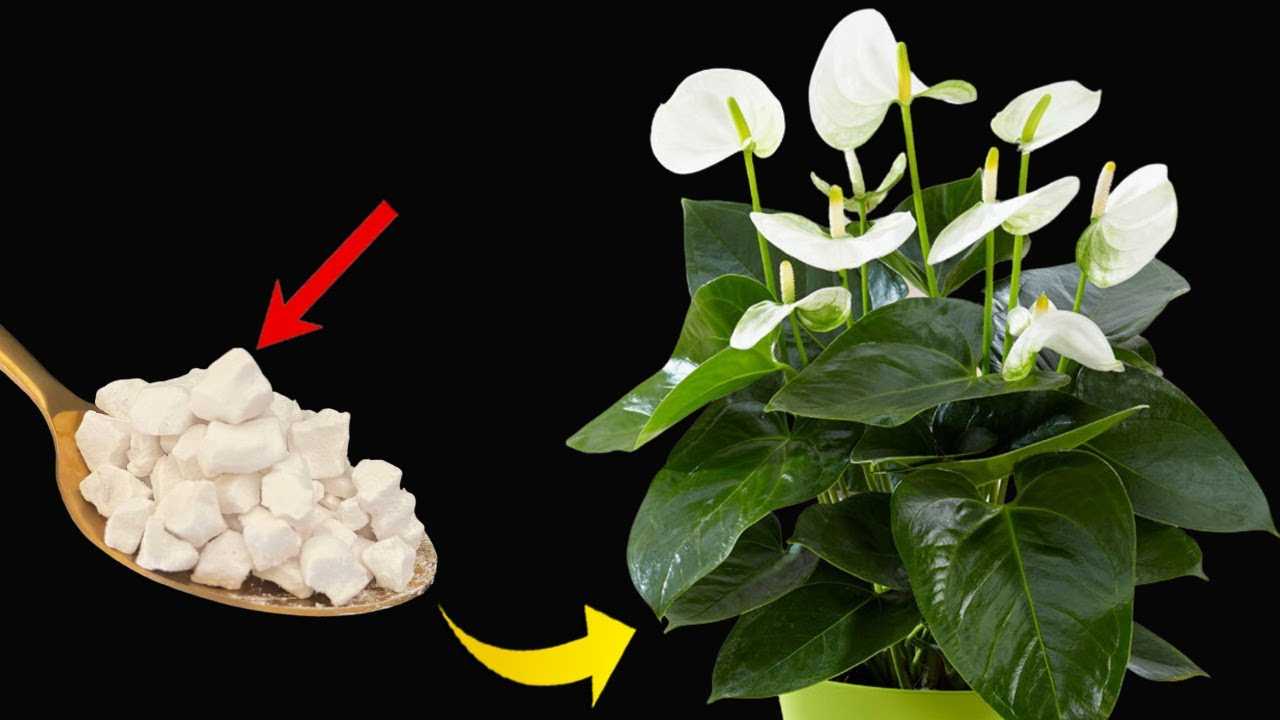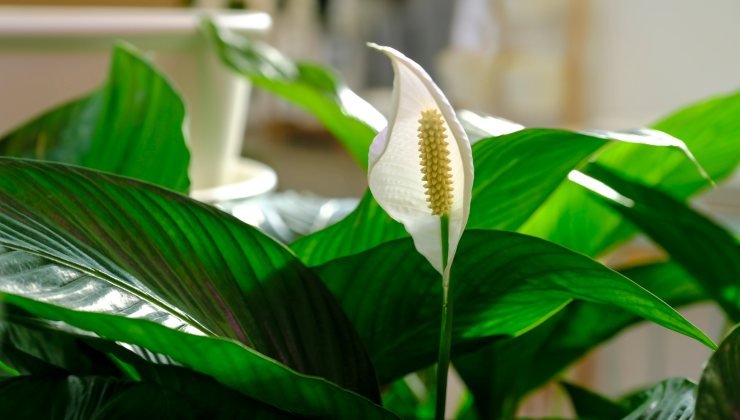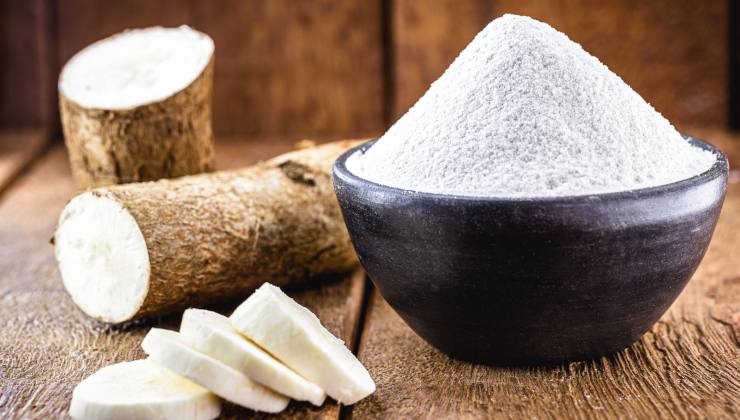

Cultivating Timeless Beauty: Prolonged Blooms for the Lily of Peace

Adding a touch of nature to our living spaces elevates them, creating an environment that exudes warmth and tranquility. Among the myriad indoor plants, the lily of peace stands out with its dark green leaves and exquisite white flowers. This botanical beauty not only enhances the aesthetic appeal of our homes but is also believed to bring good luck and symbolize peace. Discovering the art of nurturing and ensuring its continual blossoming is simpler than one might think, and it involves a specific natural ingredient.
Creating a Personal Haven
Personalizing our living spaces requires little effort. By furnishing our homes with styles that resonate with us and incorporating meaningful details, we transform our abode into a haven that speaks of our essence. Returning home to a space we love fosters feelings of peace and serenity, enhancing our overall mood. While paintings, photographs, and design accessories contribute to this ambiance, the unparalleled touch of nature completes the picture. Indoor flowers and plants gracefully fill spaces, adding refinement and elegance to our surroundings.

The Charm of the Lily of Peace
Among indoor plants, the lily of peace, adorned with its white blooms and lush greenery, stands as an ideal choice for enclosed spaces. Beyond its visual appeal, this plant is believed to symbolize peace and fortune. Caring for it and ensuring its prolonged flowering might seem like a challenge, but the key lies in a specific, easily accessible ingredient.
Cultivating and Nourishing the Lily of Peace
While the lily of peace serves as a delightful piece of home decor, the transient nature of flowering poses a common concern. However, with proper nourishment, the flowers can endure, and the plant can thrive naturally over the years. The secret ingredient for this longevity is a mixture of tapioca flour and water—a DIY natural fertilizer derived from the cassava plant’s tuber, rich in essential minerals such as magnesium, potassium, calcium, and iron.
Creating this nourishing blend involves diluting a tablespoon of tapioca flour in 400ml of water, stirring until a liquid mixture is achieved. To eliminate any lumps, transfer the mixture to another container using a sieve. Now, equipped with this tapioca flour fertilizer, it’s time to pamper our lily.

Utilizing Tapioca Flour Fertilizer
Using a watering can, apply the tapioca flour fertilizer to the lily’s soil, allowing the roots to absorb the vital nutrients for healthy growth. It’s crucial to note that the lily of peace benefits from regular watering—approximately two to three times a week. Optimal placement involves choosing a cool spot in the house, avoiding direct sunlight.
Incorporating this natural and nourishing routine into the care of your lily of peace ensures that it remains a timeless source of beauty, gracing your home with elegance and tranquility for years to come.
